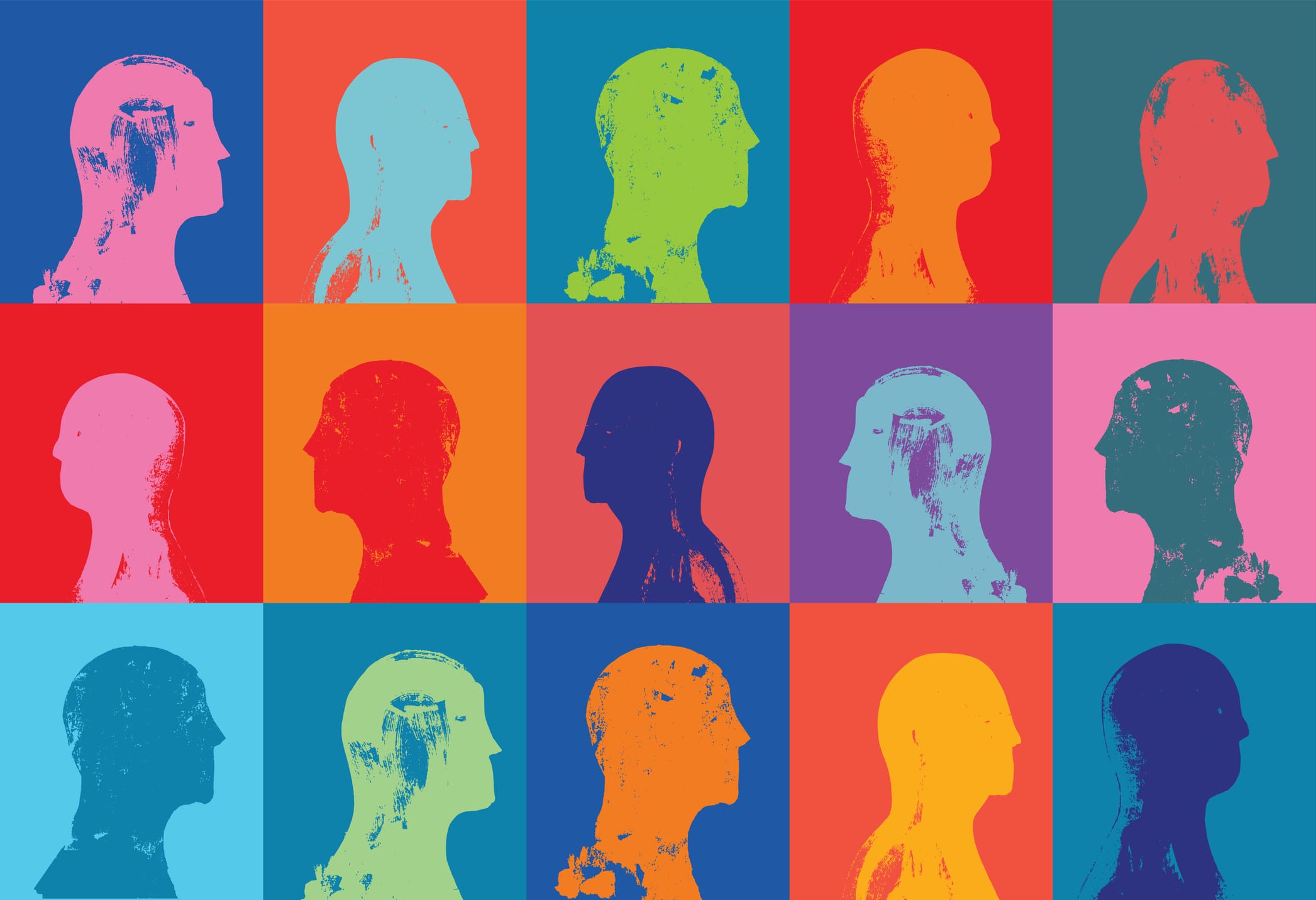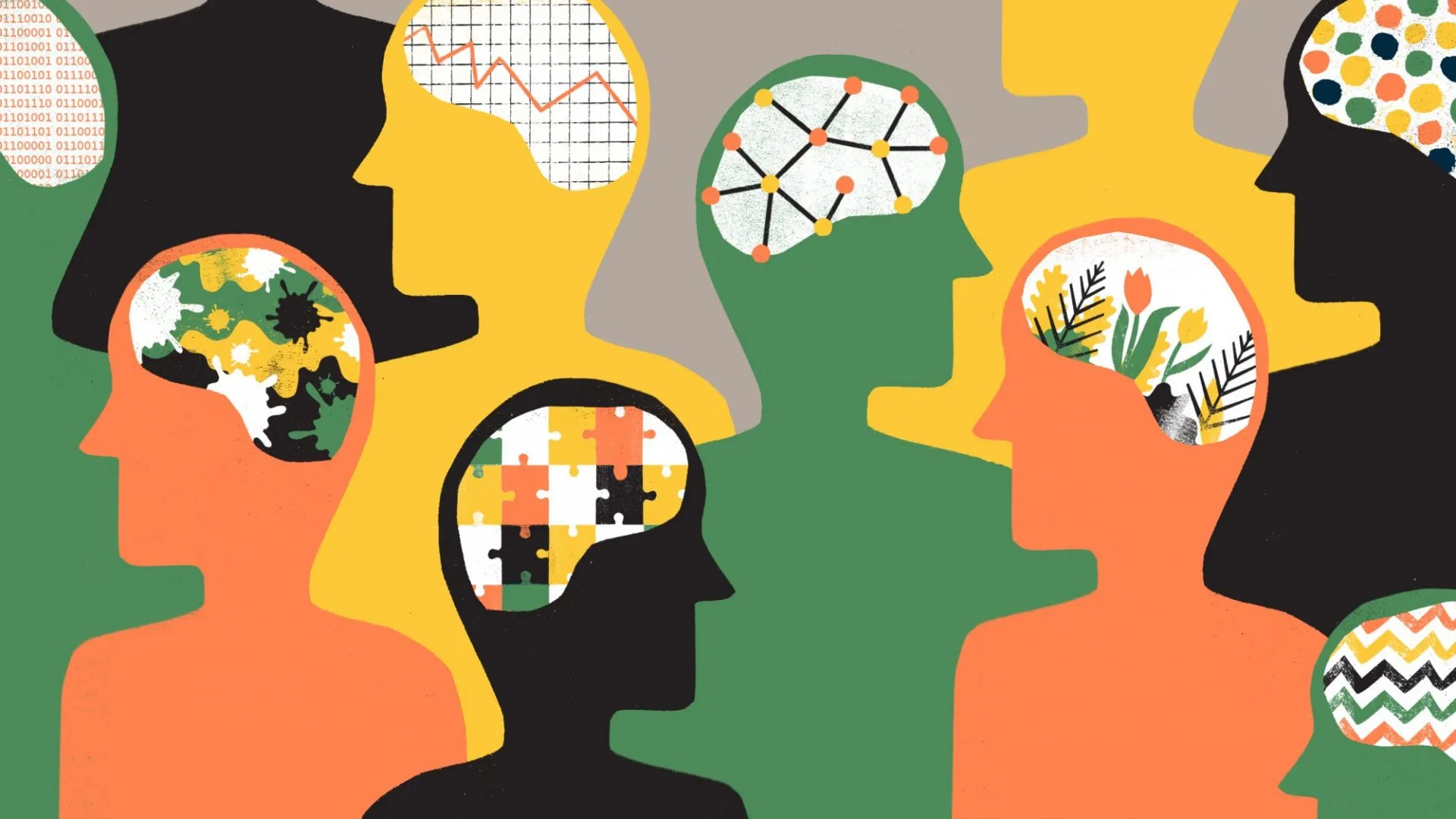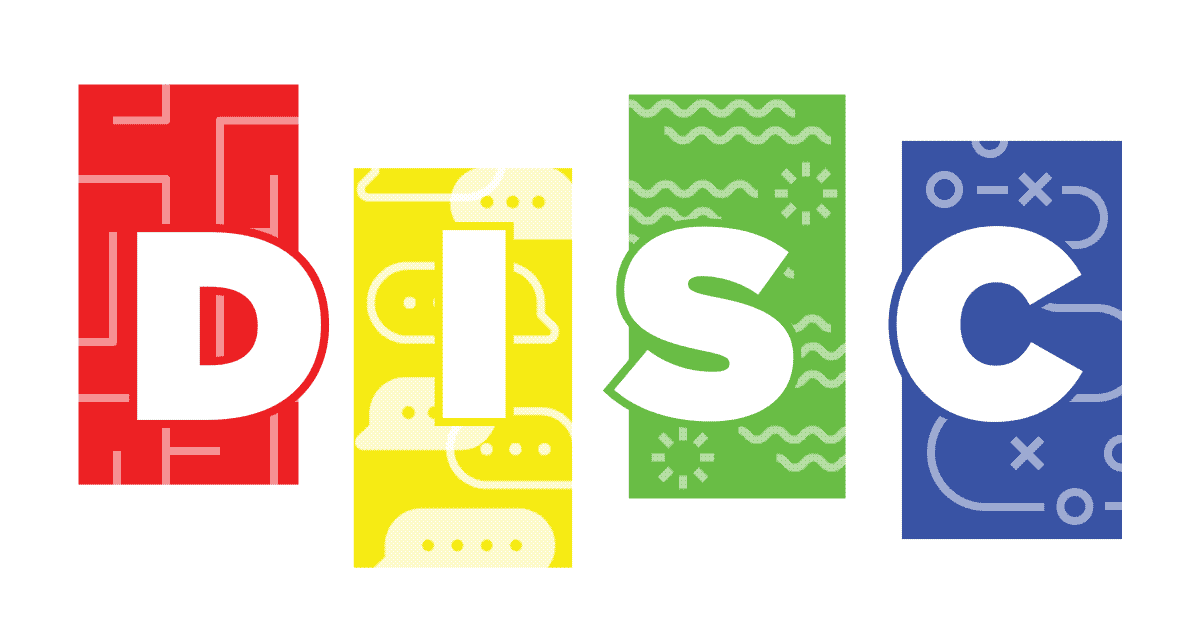Vaibhav, like any other fresher, was getting first-job jitters and was cynical about setting right foot into the professional world. He had ample interviews lined up ahead of him and was worried sick about making first impressions right. It is when he reached out to his uncle, Sivaranjan, who was the Vice-President of one of the major corporations in India. Now, Sivaranjan is helping Vaibhav understand the enshrouded territories of the professional world.
By far, they have successfully unveiled the following topics – The myths and realities of professionalism, the power of effective communication skills, the importance of nonverbal communication – body language, power dressing, effective verbal communication, introduction to written communication, email etiquette, the importance of values, how building habits shape our lives, working together can boost our productivity, the power of interpersonal relations in the workplace, how to manage workplace conflict, and problem-solving and decision-making.
Vaibhav, professionalism encompasses a set of skills, attitudes, and behaviors that are deemed appropriate in the workplace, and is often characterized by expertise, competence, a strong work ethic, and a commitment to continuous learning and development. Additionally, professionalism may include qualities such as reliability, responsibility, good communication, and ethical behavior. In many fields, a code of conduct or professional standards is in place to guide behavior and ensure a level of professionalism is upheld, explained Sivaranjan.
This is the reason Vaibhav, we are deep diving into different topics because professionalism is infused with more than one thing in particular, said Sivaranajn.
Yes, uncle, I very well understand professionalism, now that you have made it such a sublime experience for me, Vaibhav agreed to it.
Fair enough, shall we take lead to the next on our list? Vaibhav, have you ever looked at someone and thought you knew everything about them just by looking at them? Were you correct? Or did you misjudge some aspect of their personality? Whether you were correct or incorrect, you just attempted to read someone, which is a skill that many of us would like to have. After all, if you can tell when your boss is happy, you’ll know when to ask for a raise. When you know your parents are upset, it’s not the time to tell them you scratched their car. It all comes down to understanding what reading people entails and how it works.
Judith Orloff MD is the NY Times bestselling author of The Empath’s Survival Guide: Life Strategies for Sensitive People, Thriving as an Empath, and Emotional Freedom and she writes in Psychology Today –
“Logic alone will not tell you the whole story about anybody. You must surrender to other forms of vital information in order to learn to read the important nonverbal intuitive cues that people give off. To see someone clearly, you must remain objective and receive information neutrally without distorting it.”
You see Vaibhav, reading people’s minds and reading the cues is a skill that can help you become a strong leader in your journey as a professional. So, with that note, let’s take a dive into understanding the skill of reading people’s minds at the workplace.
What Do You Understand By People Reading?

When you look at someone and feel as if you can tell whether they’re in a good or bad mood, whether they’re a nice or a mean person, or anything else, you’re reading them. In general, reading someone means looking at them (and not just a passing glance) and knowing something about them without them saying anything. It’s a vibe you get from looking at them and observing the way they stand, look around, and move. There are several factors that may influence your opinion and understanding of them, however, the most important is that they did not explicitly tell you what is going on in their mind.
Many people nowadays believe they know something just by looking at someone. You might think, ‘Oh, they look friendly,’ or ‘Wow, they look upset.’ These are our first instinctive feelings and thoughts when we see someone. We may reach new conclusions as we begin to converse with them or as we observe them from across the room. Maybe you never talk to that person, however, based on what you’ve seen of them, you have thoughts and ideas about the type of person they are. You’re reading them, and whether you’re correct or incorrect is secondary.
Why Is It Important To Understand People Reading?

Vaibhav, have you ever thought why am I emphasizing working on the skill of reading people? Why do you even bother with it? There are a variety of reasons why this can be a useful skill. First and foremost, it instructs you on how to approach someone. If they appear friendly, you may be more inclined to approach them with a friendly smile and greeting. If they appear unhappy, you are more likely to approach them with a reason rather than simply saying hello. Understanding how they feel just by looking at them can help you anticipate whatever is going on, and the better you get at it, the better you’ll be at talking to people.
If you don’t know how to read people, you may end up misinterpreting something they do, an action, or a facial expression, and you may begin to make incorrect assumptions about them. Maybe you see their face and think they’re angry when they’re just upset about something. You might think they’re unfriendly, but they’re just frustrated with something going on around them. You will be able to advance your life in a variety of ways by improving your reading skills.
“Reading people can help you figure out whom to approach with your great new idea (and when to approach them) and whom to avoid. It also tells you how to introduce something to them, whether from a factual or more fun and creative standpoint.”
If you practice reading people often enough, it will become a second nature to you. What’s more, you’ve probably been doing it your entire life without even realizing it. That’s because it’s something that even children will experiment with, without realizing the magnitude of its importance.
Wow, I never thought uncle that people reading can add up as a skill professionally. From now on, I will pay more heed to understand the ways to be a master in people reading, said Vaibhav. There you go Vaibhav, exclaimed Sivaranjan.
Now let me introduce you to the ways in which you can enhance your people reading skills.
How To Enhance People Reading Skills?

Reading people’s minds does not require superpowers. Indeed, one executive believes that getting a good read on people is critical to advancing in your career. Loren Miner, COO of recruitment services company Decision Toolbox, has become “an expert on reading minds,” she says,
“It’s all about perception for her. Being perceptive leads to greater success in life and business. Perception differences may be a deal’s greatest vulnerability.”
Miner provided some pointers to help anyone improve their mind-reading skills.
Be a better listener
“You have to go in with big ears and a small mouth,” says Miner. “If you don’t, you’ll miss the subtle cues that people give.” Her strategy is to start an open-ended conversation, which sparks a good conversation and allows her to really listen to the other person. “You can hear an engaged and passionate voice so easily,” she says..
Be humble and understand the person’s preferences and background
“Everyone approaches any situation with a unique set of lenses based on their experiences and culture,” Miner says. Consider who you’re dealing with before any meeting and try to create an environment that fits their comfort zone.
Millennials, for example, maybe less comfortable in face-to-face meetings and more familiar with video calls. Generation Jones, on the other hand, thrives and may prefer face-to-face interactions.
Take note of the nonverbal cues
The most important skill for employees to have is awareness. Picking up on someone’s body language, whether it’s poor eye contact, bad posture, crossed arms, or something else, may appear simple and obvious, but Miner says it’s very easy to overlook. Top performers are frequently emotionally intelligent and perceptive.
Learn and accept different personalities
Understanding different personality types is one of the most important aspects of reading people. Personality analysis helps them understand people and how they differ from one another. Different strategies can provide you with the necessary knowledge and insight into how to understand others. It eventually assists you in establishing a foundation level from which to move forward.
When it comes to understanding different personalities, Vaibhav, we have to decode human behavior. Let’s comprehend it in detail, said Sivaranjan while Vaibhav is jotting it down.
How To Understand Different Personality Traits?

Vaibhav, Have you ever said the same thing to two people and garnered two completely different responses? How can the same words produce such differing results? Based on their personality style, each person “heard” you differently! You said the same thing, but they “heard” something different.
Different is not a bad thing; it is simply different! A lack of understanding of oneself and others can result in serious issues such as tension, disappointment, hurt feelings, unmet expectations, and poor communication. As you are aware, working with a problem is difficult, especially when you do not understand what is going on inside the mind of another person.
Every individual has a unique perspective and it makes them who they are. Some may call it personality, while others name it temperament.
The DISC Model Of Human Behavior

The good news is that there is a simple key to understanding human behavior and motivation. The concept is known as “The DISC Model of Human Behavior.” This concept will help you to unravel the mystery of developing good people skills and building stronger relationships. You will be able to apply what you learn in this introduction to reduce conflict, increase productivity, and communicate more effectively with others.
It is used to understand and predict human behavior. Developed by psychologist William Moulton Marston, the model describes four different personality types: Dominant, Influential, Steady, and Conscientious.
Dominant (D) personality types are assertive and results-driven. They are confident, decisive, and ambitious. They are natural leaders and tend to take charge in situations. They are direct, to the point, and are not afraid of taking risks.
Influential (I) personality types are outgoing, sociable, and optimistic. They are energized by interactions with other people and thrive in group settings. They are talkative and can be very persuasive. They tend to be spontaneous and adapt well to change.
Steady (S) personality types are reliable and patient. They are steady and persistent. They tend to avoid conflicts and are easygoing. They are dependable and loyal. They value stability and want to maintain good relationships.
Conscientious (C) personality types are detail-oriented, analytical, and logical. They are organized and methodical. They are perfectionists and are driven by achieving high standards. They are cautious and reserved and often need time to think things through before acting.
It is important to note that most people are a combination of these personality types, and that the behavior of an individual can change depending on the context of the situation.
The DISC model of human behavior provides a useful framework for understanding and predicting human behavior. It helps people to identify their own strengths and weaknesses, as well as the strengths and weaknesses of others, and to communicate and work together more effectively.
Vaibhav, knowing people for who they are can be challenging. Even more complicated is the fact that you must accept them for who they are. Picking up on their signals and understanding them on a deeper level will allow you to aspire greatness in them. You can compel them to act and perform well in their roles. It assists you in developing an understanding of them and heading towards success as a team. And it is their success that will account for your own. You take the initiative as an individual and as a group. You can only do that if you’ve honed your reading skills, explained Sivaranjan.
Vaibhav beamed while finishing his notes and gave an affirmative look to his uncle that he understands the influence of people’s reading skills and that he will inculcate the practice of reading people in his life from now on.
Sivaranjan smiled at the gesture.
https://101productivity.com/ways-how-smart-leader-read-people/
https://hbr.org/resources/images/article_assets/2015/07/JUL15_23_Moore_readmind.jpg
Written By: Jimmy Jain
Edited By: Afreen Fatima
Society of Design Thinking Professionals









